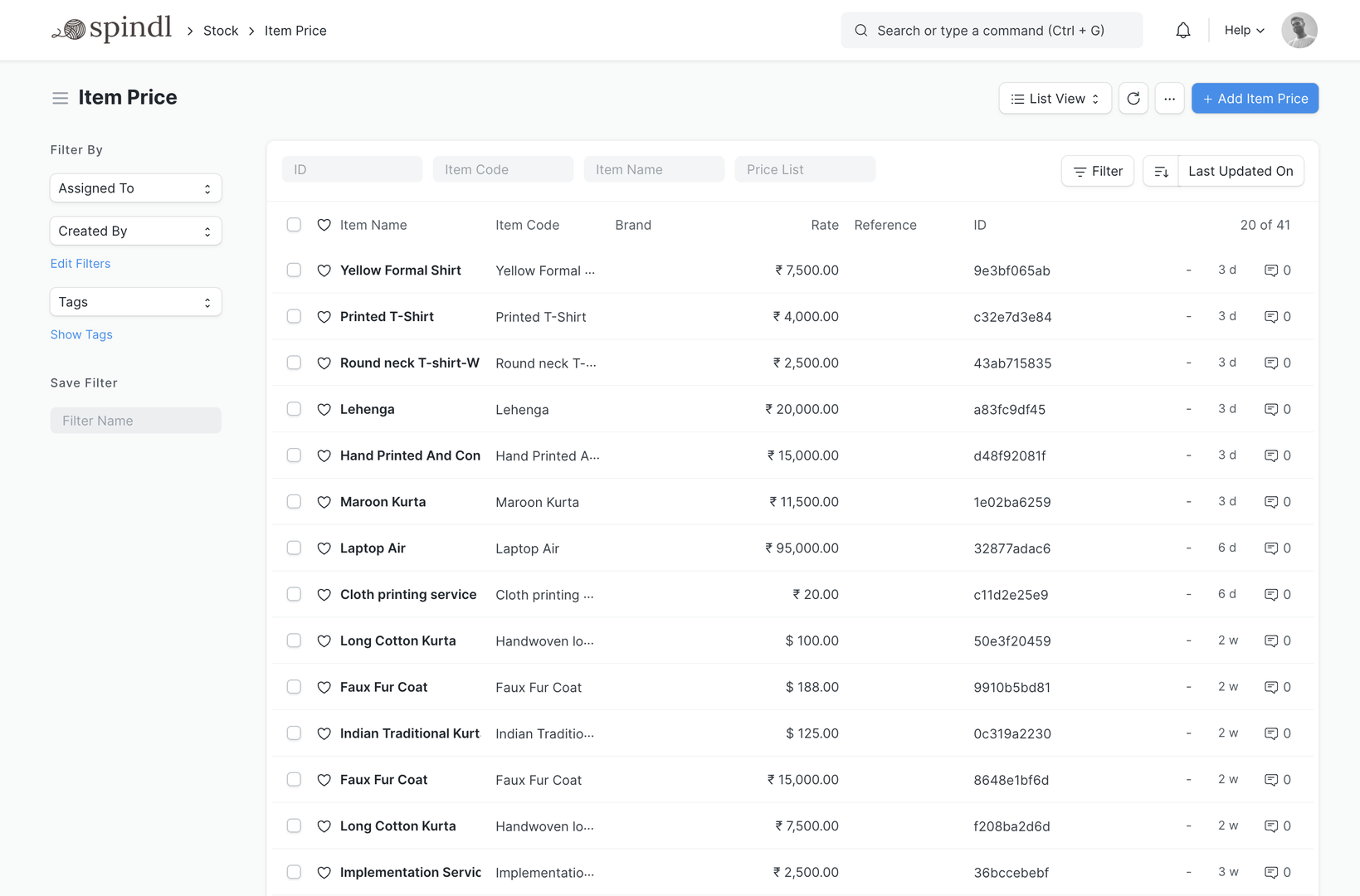

is designed to run in four deployment modelsĪll microservices run off-site in the cloud and may shared with other customers. For example, a service like the tcp/ipĭriver must obviously run with low latency close to the automation systems layer whereas and UI services may easily run off-side. This mainly depends on the quality requirements of the project. In the cloud or on premise customer side.

Deployment ScenariosĪ typical customer project built with is usually a composition of microservices to fulfill the functional requirements. Technologyīuilt their own product on top of to fully control their warehouses on their own. Non-functional requirements like the systems availability, performance and reliability are first-class requirements, too. The WMS part is connected to ERP systems whereas the Transport Management System controls field controllers, like Raspberry Pi consists of a Warehouse Management part (the WMS domain), the WCS (TMS domain)Īnd connectors to other systems.
Open source inventory management web based software#
This strives for extendabilityĪnd flexibility of the software to realize features efficiently.

Almost all customer projects in the intralogistics domain bring their own specific functional requirements. Integration with a varying number of enterprise information systems (like ERP) and field controllers (e.g. Over the years even customers ramped up DevOps teams to customize and operate in their own way to reduce cost and time-to-market. is a software project to build modern warehouse management systems with. An open source software to build intralogistic projects with.


 0 kommentar(er)
0 kommentar(er)
